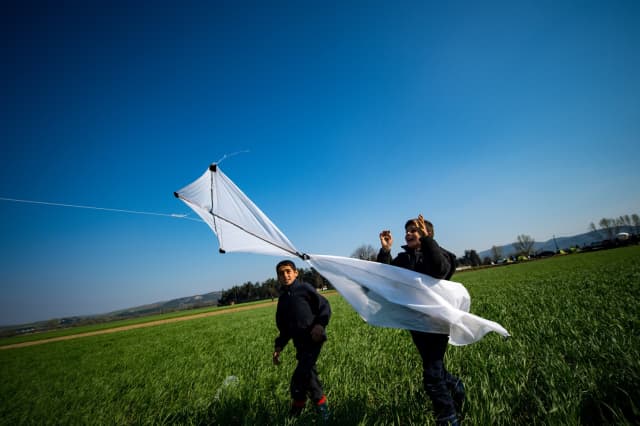


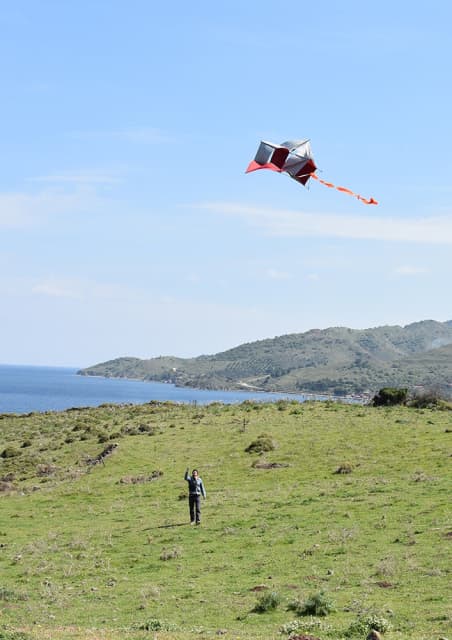



Concert, 2013, a film by Amy Paterson
Thank you for making rainy days purple!
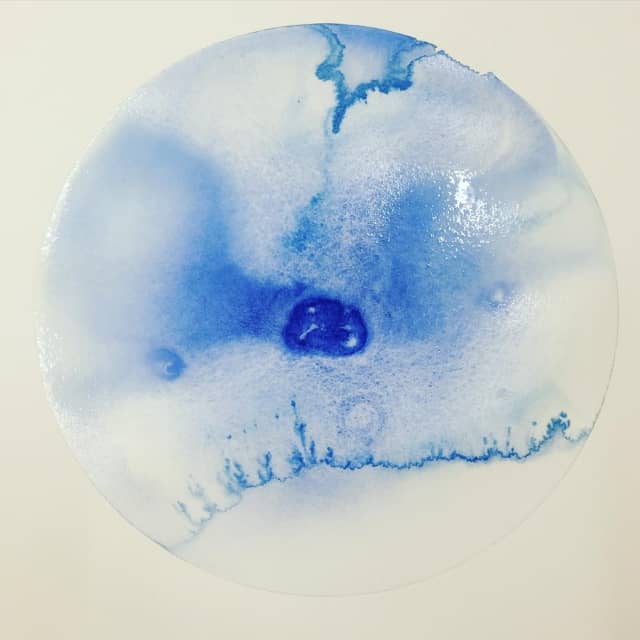
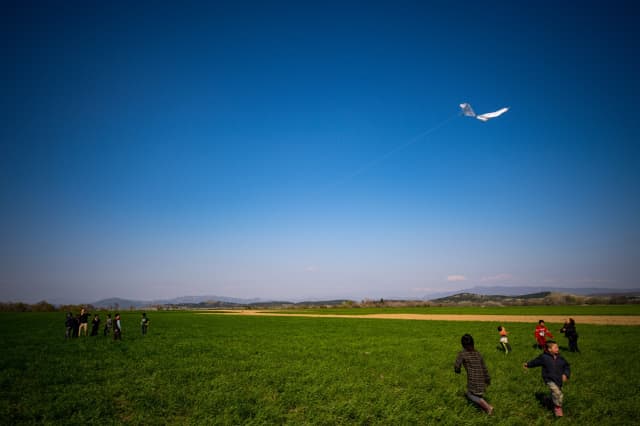
Raul Walch developed Azimut, a series of “rescue kites” together with children and adults at the Greek border. Click on image for more
The title “Azimut” comes from the Arabic word “azimuth” and can be described as “paths”. In astronomy, it is the angle between the meridian plane and vertical plane defining the height of a star. Whether interpreted as a path, as an arch or as a bridge, “Azimut” describes connections that Raul Walch introduces in the context of his exhibition at Kunstverein Arnsberg.
Raul Walch developed and tested series of “rescue kites” together with children and adults at the Greek border. His rescue kites are a type of flying lighthouses and can serve as solar reflectors, as a marker to attract attention of coast guards and be used to locate and rescue a shipwrecked person. The materials are found on site in the camps and their surroundings: the PVC of boats, tent poles, tent fabrics, and the reflectors of lifejackets. The azimut rescue kites fly with the wind, across the borders, the fences and the barbed wire, thus “Azimut” signals hope of freedom.
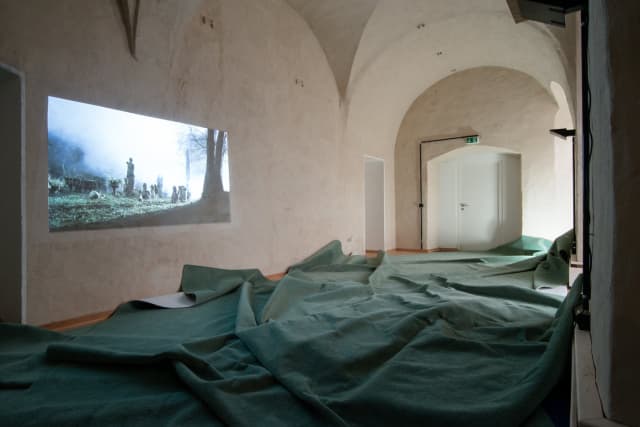
HybridModus documents how traditional concepts of sculpture are being challenged and expanded to their outer boundaries, and how sculpture merges into other disciplines. New, contemporary definitions are questioned, adapted and proved.
Hybrid Modus is a group show that brings together artists, who’s works deal with the paradigm shift that has taken place on the level of ecological, societal and technological issues, leading to a post-human environment. The exhibition addresses the issue of a man-made, hybrid ecology where nature, culture, capital, and the circulation of information coexist and overlap within the web of life. It may be related to our physical space, natural or urban surroundings, to virtual worlds. How do we deal with and live in these different realities? From the perspective of the human environment being in such a state of flux, the exhibition focuses on the significance of sculpture in the context of today’s networked society. How does the sometimes seemingly anachronistic, traditional medium address this current development?
Artists: Lara Almarcegui, Isabelle Andriessen, Julian Charrière, Andreas Greiner, Spiros Hadjidjanos, Martijn Hendriks, Markus Hoffmann, Rachel de Joode, Sculptress Of Sound, Stian Korntved Ruud & AE, Philip Topolovac, Mirko Tschauner, Alvaro Urbano, Benjamin Verhoeven, Raul Walch, Dan Walwin.
Hybrid Modus is the 2016 edition of Skulptur Bredelar, and is curated by Bas Hendrikx and Ursula Ströbele.
Hussein shares his story - Green light, Vienna.
#UnspokenSpaces Your invisible house, 2005
From Unspoken Spaces - Timothy Morton
Eliasson likes to make a thing that puts its environment into a loop: loops that feed the grass and the tress, the streets and the squares, back into themselves. Loops are not nice and neat. A mirrored structure glitters, shattering its surround into a hundred facets. A volcano of bronze beams splashes upwards in a park, remarking on the rhythm of the trees. Cold grey steel pours silently down in tubular parabolas at Waiblingen, movement summing to stillness, as if time had become honey.
To put a thing in a loop makes it weird. Weird comes from the old Norse "urth", which means 'in a loop', like the Norns, who twist the fabric of time. Eliasson's art is weird and, as a consequence, funny and experimental. This cluster of qualities is congruent with ecological awareness, which is necessarily weird.
Pavillon for Waiblingen. #UnspokenSpaces

Great feature by food critic Marina O'Loughlin about the studio kitchen in The Guardian
https://vimeo.com/161909071
Harpa facade during Sónar Reykjavík 2016

#UnspokenSpaces
Attraction - meteorite in slow anti-gravity dance with magnet
On view now at M WOODS, Beijing
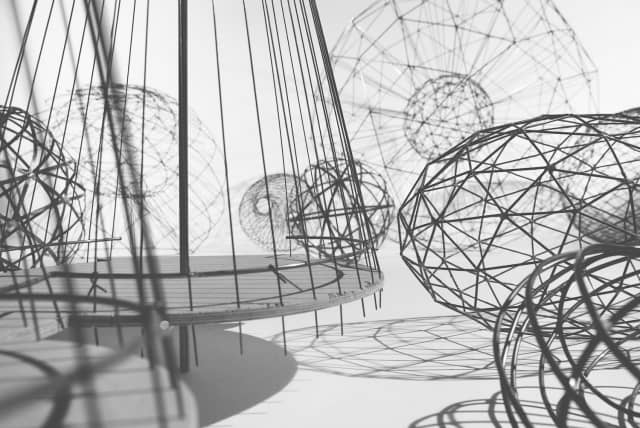
#UnspokenSpaces
#UnspokenSpaces
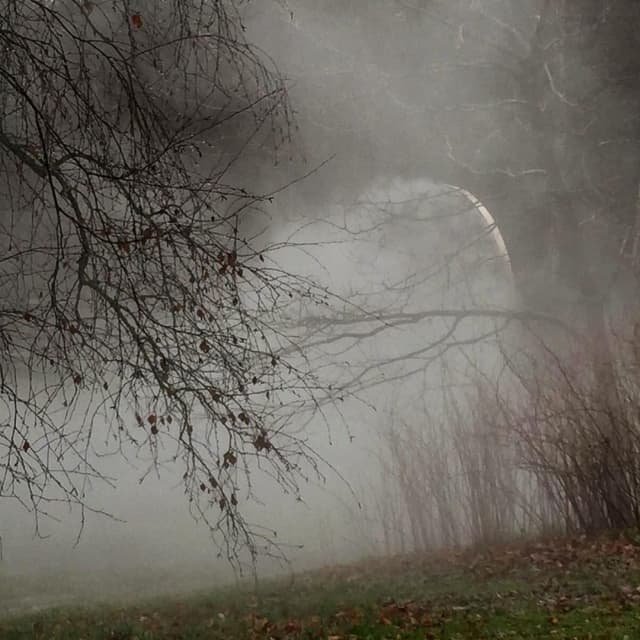
Testing new work, Ordrupgaard Museum, Denmark.

Shanghai mobile, Long Museum
Reflections - A film by SHIMURAbros
Now on view at Hong Kong Arts Centre and The Nanyang Technological University, Singapore
Colour experiments (RGB)